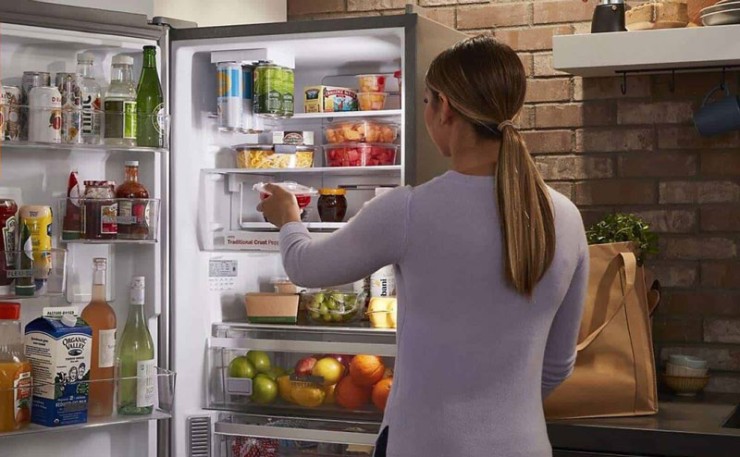Signs Your Appliance Needs Repair
Signs Your Appliance Needs Repair: Don’t Wait for a BreakdownHome appliances are essential to everyday life, but like all machines,...

A refrigerator that isn’t cooling properly is more than just an inconvenience—it can lead to food spoilage and even costly repairs. If you’ve noticed that your fridge isn’t keeping your food as cold as it should, don’t panic! There are several common reasons for this, and many of them have simple fixes. Here's a step-by-step guide to help you troubleshoot and possibly fix the issue.
First things first, make sure your refrigerator is properly connected to a working power source. Check the power cord and ensure that the plug is securely connected to the outlet. You should also check if the outlet is functioning by plugging in another appliance. If the outlet isn't working, reset the circuit breaker or replace the fuse.
2. Inspect the Thermostat
Sometimes, the issue might simply be that the thermostat is set incorrectly. Make sure the fridge's thermostat is set to the proper temperature—ideally between 35°F to 38°F (1.6°C to 3.3°C). It’s easy to accidentally bump the dial, especially if your fridge is loaded with food. Adjust it and give it a few hours to stabilize.
3. Clean the Condenser Coils
Over time, dust and dirt can accumulate on the condenser coils, reducing your fridge's cooling efficiency. These coils, located either at the back or underneath the fridge, need to stay clean to dissipate heat. Unplug the fridge, locate the coils, and use a vacuum or coil brush to remove any buildup. This simple task can significantly improve cooling performance.
4. Check the Door Seals
If the door seals (gaskets) are damaged or not sealing properly, cool air can escape, making it harder for the fridge to maintain the correct temperature. Inspect the seals for cracks, tears, or gaps, and clean them regularly to ensure a tight seal. If the seals are damaged, they may need to be replaced.
5. Ensure Proper Ventilation
Your refrigerator needs adequate space for airflow around it to function correctly. Make sure the fridge is positioned at least a few inches away from walls or cabinets to allow proper ventilation. Check that the vents inside the fridge and freezer are not blocked by food, which can also restrict airflow and reduce cooling efficiency.
6. Test the Evaporator Fan
The evaporator fan circulates cool air throughout the fridge. If it’s not working, the fridge may not cool properly. You can typically hear the fan running when you open the freezer door. If it's silent or you notice the fridge running but not cooling, the fan motor may need to be replaced.
7. Call a Professional
If none of the above steps resolve the issue, it might be time to call in a professional appliance repair technician. Problems with the compressor, refrigerant, or other internal components require expert diagnosis and repair.
In Conclusion: If your fridge is not cooling, it could be due to a number of simple issues that you can often fix yourself, such as power supply, thermostat settings, dirty condenser coils, or door seals. However, for more complex issues, professional help is recommended. Addressing the problem promptly will prevent food spoilage and expensive repairs.
Call Us for Professional Appliance Repairs +1 (780) 604-5619
Post Your Comments